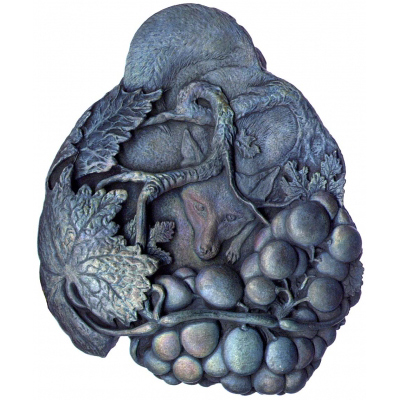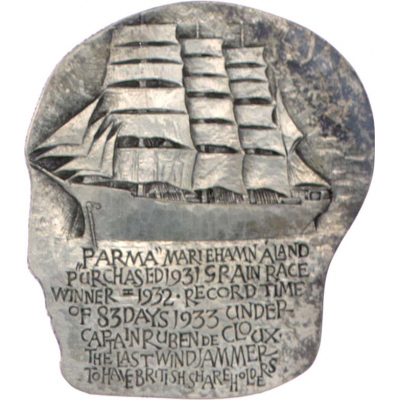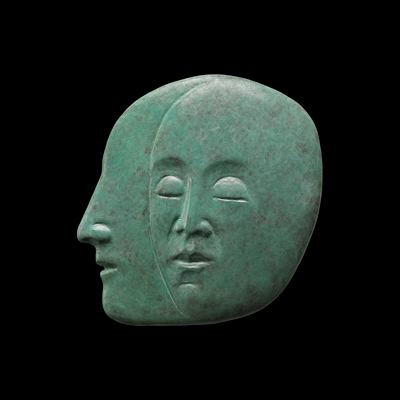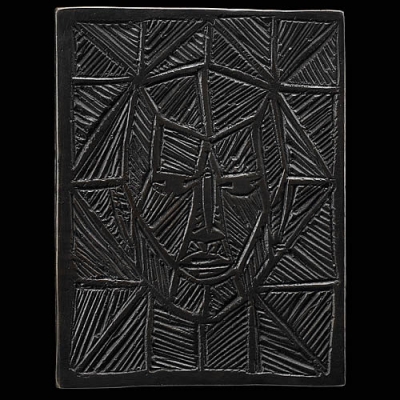JULIAN CROSS
Julian Cross (born 1955) is a self-trained artist, who has worked in a variety of media, all closely allied to drawing and related skills, including watercolour landscape and wildlife painting, portraiture and design. It was as recent as 1987 that three-dimensional work first captured his interest, and since then his work has concentrated and developed into this area, drawing on the experience of his earlier artistic career.
His new interest in sculpture soon found an outlet in jewellery as his particular small scale models were sought by jewellers, and this quickly led him to produce a range of his own jewellery with a strongly figurative and detailed style. Connections with Goldsmiths’ Hall through hallmarking
led him to enter the Annual Craftsmanship and Design Awards (organised by the Goldsmiths’ Craft Council) for the first time in 1989. Awards gained at that event and in subsequent years brought him to the notice of the Worshipful Company of Goldsmiths and he was asked to prepare drawings to join in the Company’s Prime Warden portrait medal series. This was his first medal commission. BAMS followed soon after with the Fox and grapes and crow medal.
Julian Cross writes about his BAMS commission: ‘I worked the original in plaster intaglio with the final work done in the positive. It refers to two fables by Aesop, The Fox and grapes (also known as Sour grapes) and The Fox and crow (also known as Lesson for fools), the latter probably less well known as a fable. The fox manages to convince the crow (reverse) that if only she had a voice to match her beauty she would then be the best of all birds; to prove she does have such a beautiful voice she immediately drops the food she is carrying and croaks aloud. The wily fox below collects the food, and so need not bother himself with the grapes that he cannot reach (obverse) – which were undoubtedly sour anyway!’





